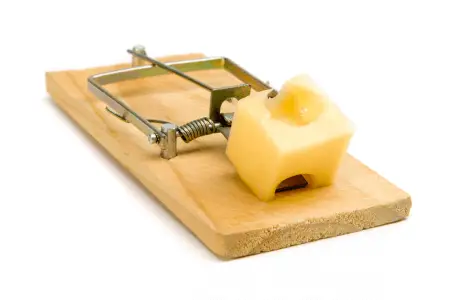There are two general classifications of energy, and those are kinetic energy and potential energy. This article aims to explain the differences between the two.
Summary Table
| Kinetic Energy | Potential Energy |
| Stored energy in moving objects | Stored energy as a result of the object’s configuration and position |
| Depends on the state of other objects near the object in motion | Independent from other objects |
| Energy can be transferred to other nearby objects | Energy is not transferable to other objects |
| Based on the velocity and mass of the object | Based on an object’s height, mass, and compression |
Definitions

Kinetic energy is a type of energy that is present in moving objects. It is the work required to set an object at rest into motion. Kinetic energy is gained while the object is in motion and is maintained until the moving object changes speed. Deceleration occurs only when the same amount of force is applied to the moving object until it comes to a complete stop.
Kinetic energy is dependent on the condition of other objects (moving or not) within close proximity to the object in motion. For instance, a car speeding past an observer has kinetic energy from the the perspective of this observer. However, if the speeding car is traveling alongside the observer who is traveling at the same velocity, the speeding car will appear stationary (zero kinetic energy) from the observer’s point of view or reference frame. Kinetic energy can be transferred to another object and can also be transformed into other types of energy. A roller coaster hits its maximum kinetic energy at the lowest point of the rails. As it climbs up, kinetic energy is transformed into potential energy when the roller coaster reaches the top before it hurtles downward. The kinetic energy in a moving object is quantified in “joules” and is determined based on the mass and velocity of the object.
Kinetic energy is categorized into two types: translational kinetic energy (kinetic energy of an object moving in a straight line) and rotational kinetic energy (kinetic energy of objects rotating around an axis). The fast, rotating blades of a fan has kinetic energy which is transferred to the air as it “collides” with the blades. Space shuttles launched into space generate enough kinetic energy to be able to remain in orbit. A moving car, a ball rolling across the floor, and the earth circling around the sun all possess kinetic energy as a result of their movement or motion.

Potential energy is energy formed as a result of an object’s position or the arrangement of its parts. A bow in its normal position does not store energy, but when drawn, it stores potential energy. It is stored energy that can turn into kinetic energy
Potential energy has two forms. Gravitational potential energy is stored in an object placed in a vertical position. The stored energy is a result of the gravity pulling the object back to earth. Elastic potential energy is energy stored as a result of stretching elastic materials such as rubber bands, springs, and bungee cords. The amount of energy stored in such materials depends on the amount of stretch applied on the material. This means the more the material gets stretched, the more energy is stored.
Kinetic vs Potential Energy
So what’s the difference between kinetic energy and potential energy? While kinetic energy is energy stored in moving objects, potential energy is stored as a result of an object’s configuration or position. A book sitting on an inclined surface or a pendulum stopping mid-air for a split second at its highest point have potential energy. Kinetic energy is created when the book slides down or the pendulum is on its way back to its original position. The kinetic energy stored in an object depends on other objects near it in which energy can be transferred, such as a cue ball hitting other billiard balls. Potential energy is a negative, which means it does not affect its environment, nor it can be transferred to nearby objects. Kinetic energy is determined based on the speed and mass of the object, while potential energy is calculated based on the object’s height (or distance) and mass.



